An Art Museum with a Defining Collection of Southern California Architecture & Design
UC Santa Barbara’s Art, Design & Architecture Museum Offers a Unique Approach to Both Disciplines
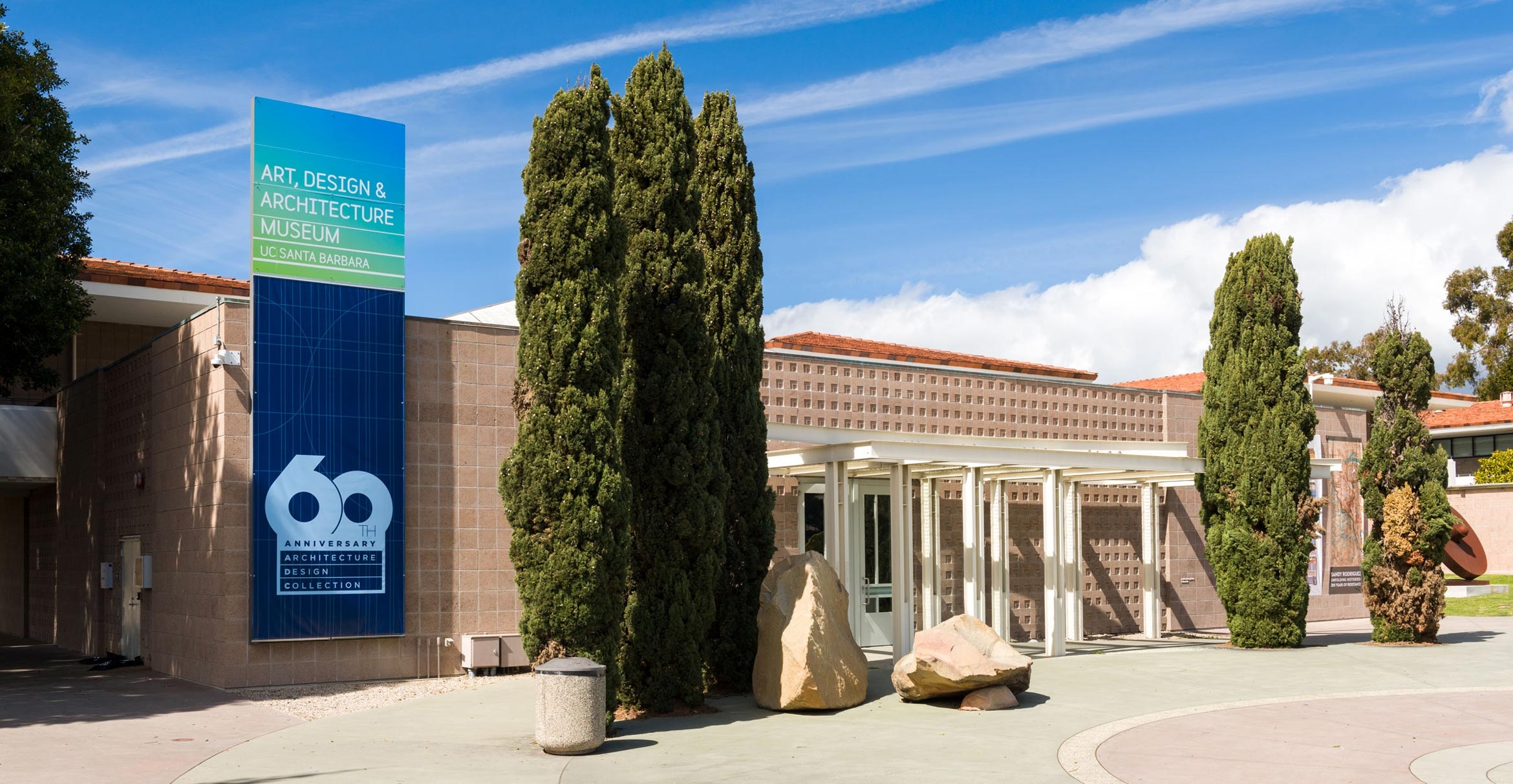
Between stacks of rolling flat files, Silvia Perea slides open a drawer and flashes a smile. “This, let me show you,” she says, “is a house made by Rudolph Schindler in 1922.”
Born in Vienna, Schindler moved to Los Angeles to work for Frank Lloyd Wright and went on to become a seminal designer of modern architecture in Southern California. The drawing of one of his homes that Perea has located is among nearly 2 million items in the Architecture and Design Collection (ADC), which this year celebrates its 60-year anniversary. The collection is part of UC Santa Barbara’s Art, Design & Architecture Museum (AD&A Museum) and Perea seemingly knows where each item is.
“It’s fundamental to approach architecture with artistic eyes and to approach art with architectural eyes,” said Perea, the museum’s curator of architecture and design. It’s the museum’s distinctive approach and interest in cross pollination that brings the architecture and fine art programs together.
A fountainhead for the study of Southern California’s built environment from the late 19th century to today, the ADC houses architectural plans, blueprints, and other drawings and papers by dozens of iconic architects and designers. Since its inception in 1963, it has grown fantastically in size and reach. (See video)
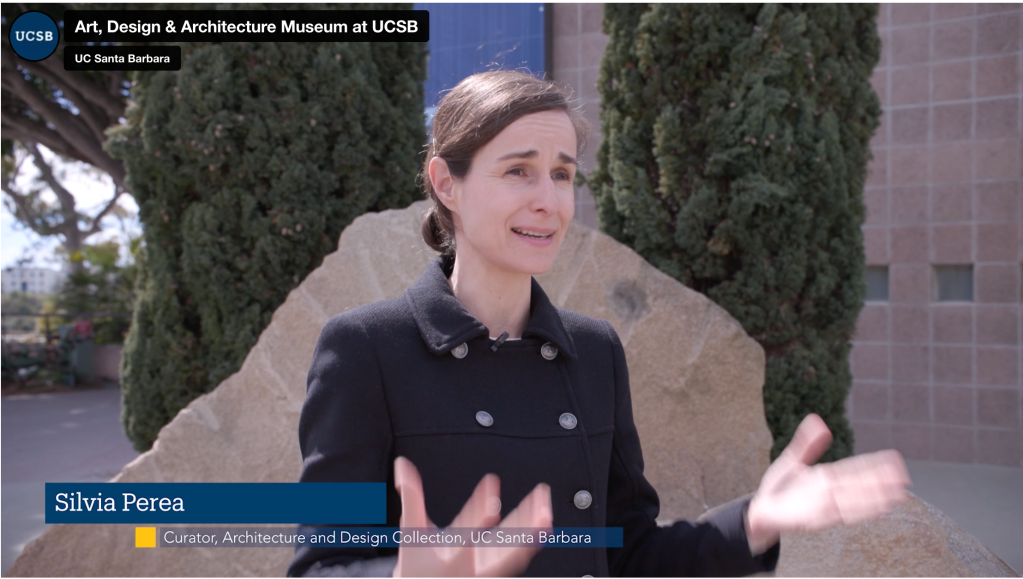
The collection was founded just four years after the museum itself, by the AD&A Museum’s first director, late architectural historian David Gebhard. At the time, it was a visionary idea.
“Nobody else, or hardly anyone else, was looking at architecture as something that could be collected,” Perea said, “and that gave him the great advantage of amassing one of the most important, relevant and richest collections in North America.”
Through Gebhard’s pull and that of others, and as the museum also bloomed around it, the collection grew to include archives from the mid-century movement that gave us a recognizable Southern California architectural style which remains in the popular imagination today.
“It’s one of two halves of the permanent collection, the other being the fine art collection of roughly 10,000 objects,” said Gabriel Ritter, the AD&A Museum’s director and an associate professor of art history. Founded as an art gallery in 1959 with its first show — featuring German painter Max Beckmann, it later obtained the American Alliance of Museums’ accreditation in 1977, becoming the University Art Museum, later renamed the Art, Design & Architecture Museum.
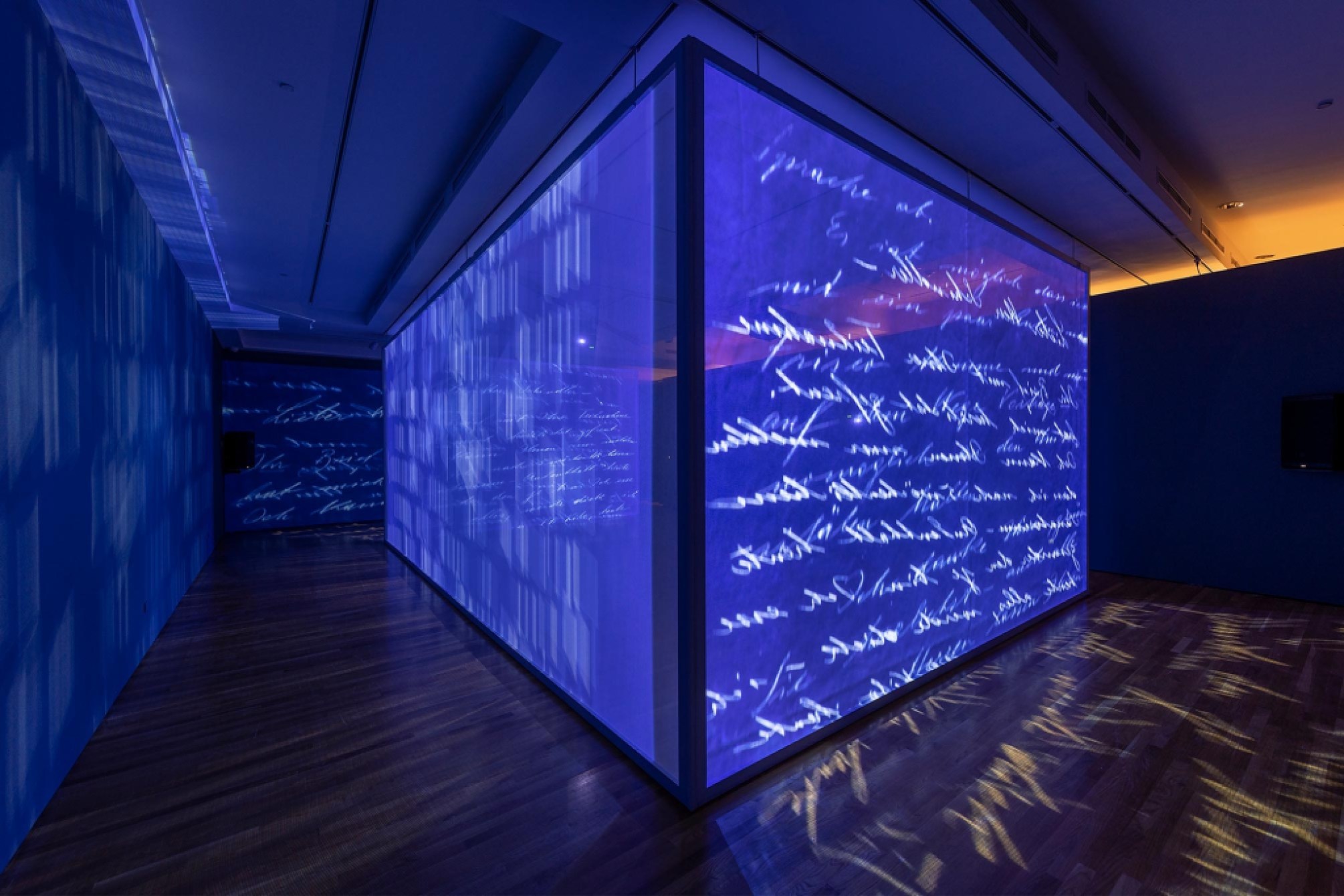
The jewels in its crown — plucked from the coastal forests and deserts of California modernism (1920s–1960s) — are its nearly 290 archives of architects, landscape architects, and industrial and graphic designers practicing in Southern California. Among them are the drawings and blueprints of Gregory Ain, Albert Frey, Edward Killingsworth, Barton Phelps, Lutah Maria Riggs, Eero Saarinen, Robert Stacy Judd, and Paul Tuttle. While UCSB does not have an architectural school, the ADC is visited regularly by architects and architectural historians as well as by students and faculty.
One of Gebhard’s students, Robin Donaldson ’81, who is still involved with the museum, said it was in Gebhard’s classes that he learned about what was coming to be known as a Southern California school of architecture. “It was a group of architects that were investigating a kind of Los Angeles attitude about architecture,” said Donaldson, now an architect based in Santa Barbara. “I learned that this place where I had been living and where I grew up had some pretty interesting things going on. In the museum, you could go and see the drawings and you could start to understand there was a whole lot of interesting architecture going on in Southern California.”
AD&A Museum’s recent curatorial programs Genius Loci — an exhibition that highlights the unique artistry of California home design — and ESPÍRITUTECTUAL — an art show with clay buildings that represent the artist’s hometown of Long Beach — crystallize the museum’s effort to combine the examination of art and architecture.
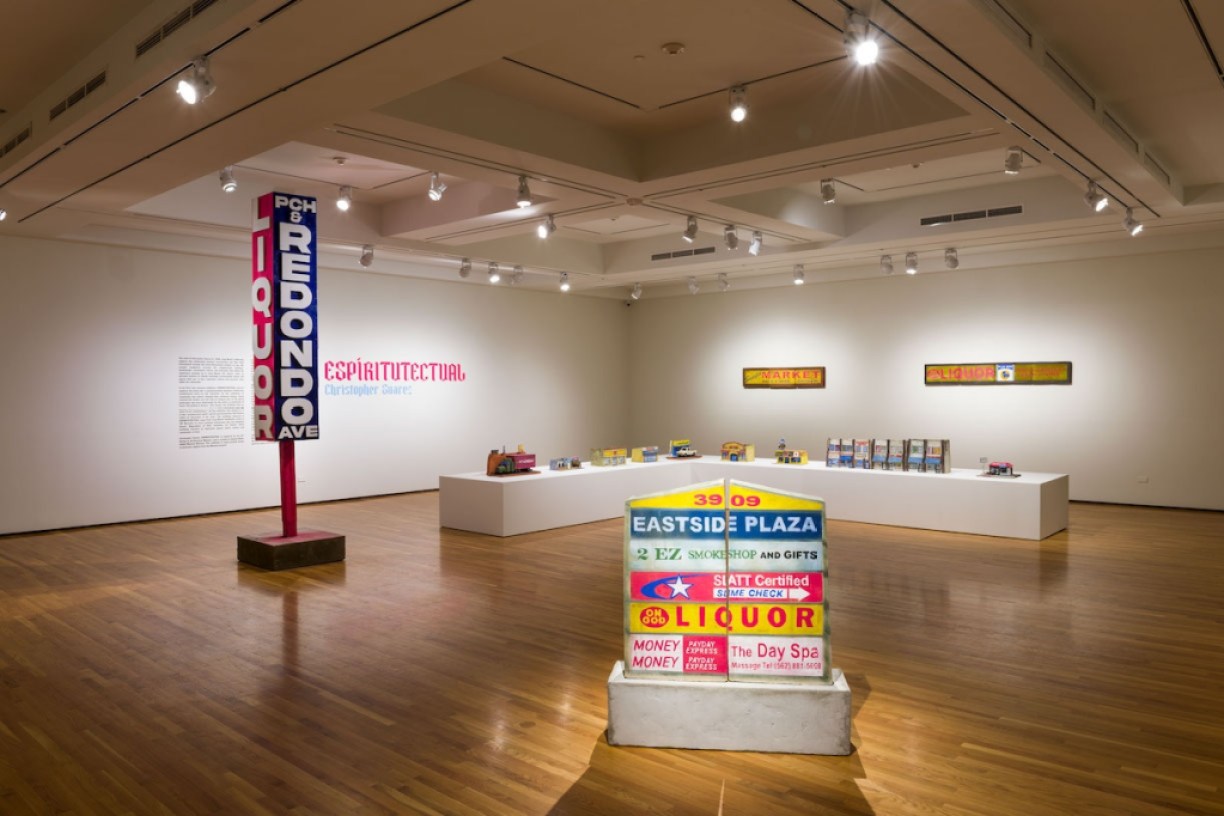
Featuring 10 single family homes, Genius Loci, Latin for “spirit of a place,” explores the peculiar ways of engaging with the environment that forged California’s multifarious identities in architecture, and an aspirational lifestyle.
“It’s a sort of condenser of dreams,” said Perea, who curated the exhibition. “It represents what homeowners and clients have been aiming for; how high those dreams have aspired; and how that has made for an identity that influenced architecture and has been copied all around the world.” Homes engage with their natural surroundings, bringing the outside into the residential interior and vice versa — an option afforded to relatively few locations in the world. Southern California, basked in its Mediterranean climate, is one of them.
“The environment is a prevailing condition in Southern California’s architecture,” Perea said. “It’s bringing the inside out and the outside in, and the lifestyle that it shapes in harmony with the environment and the weather.” Within that common arc, the style is heterogeneous. For instance, some architects drew inspiration from the past, reinventing elements taken from Mission or Spanish colonial styles. Others looked to the future and designed homes like nothing anybody had seen before.
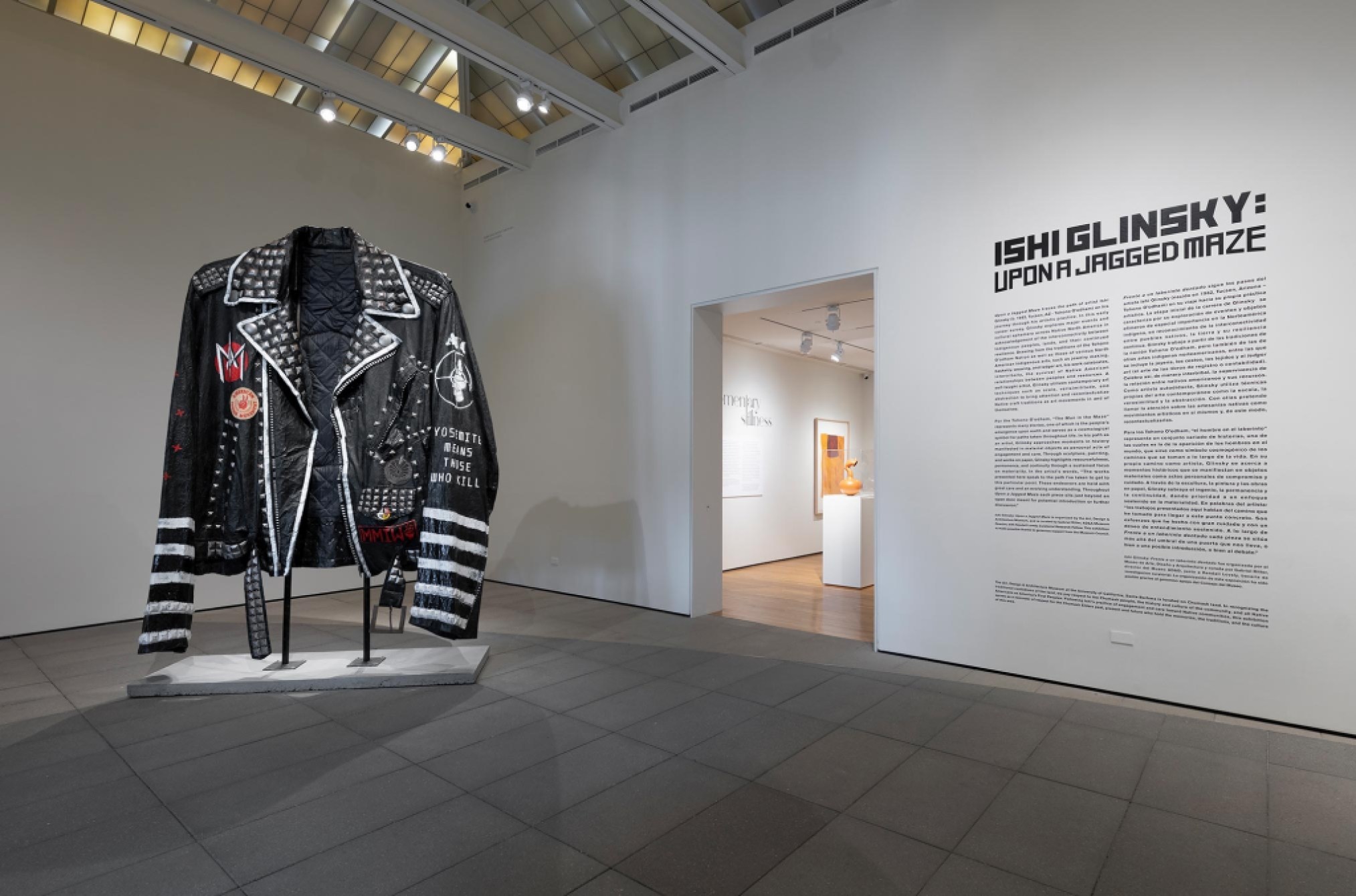
By taking an artistic approach to architecture, exhibitions are more accessible and less technical — making the material more engaging to the general public. Perea pointed to efforts in museography to include more didactics and interactive elements that help widen a show’s appeal, including models that explain how a building works, renderings, and graphic materials. In Genius Loci, visitors could look at archival slides with loops on a double sided lightboard or find each home on an interactive map of California.
Another case study in bridging the disciplines of art and architecture is the museum’s with its 2022 exhibition 835 Kings Road. It was named for the address of the Los Angeles home at its heart — the Schindler House — built by the eponymous architect in 1922. Airy, surreal, and silvery, black and white photographs by contemporary artist Mona Kuhn were projected onto translucent screens, allowing visitors to walk on both sides of each image. Kuhn researched and photographed Schindler’s home during a year-long residency.
“The photos were not only retained on the screens where they were shown, but they actually went through the screens and invaded the space as a way of giving those two-dimensional photos a kind of three-dimensional feeling,” Perea said. “The exhibition was well received by our students and faculty because they were part of those photos. Their shadows and the movement of the installation invited people to have their senses activated.” The installation was also accompanied by an original musical score by composer Boris Salchow.
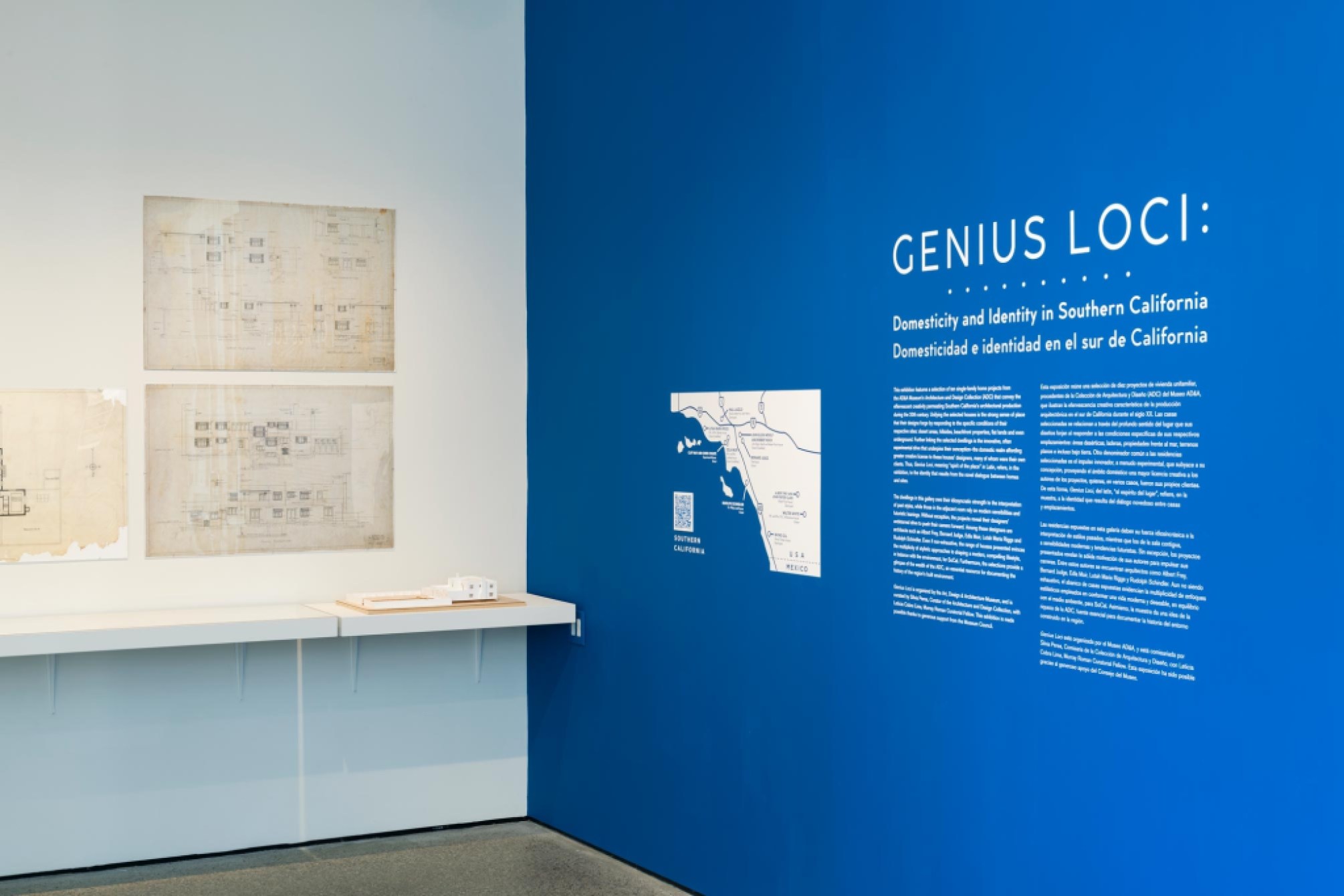
Inspired by a handwritten letter uncovered in the home and believed to be written by the architect’s lover, Kuhn captured the dwelling and the lover, represented by a model. “Kuhn’s photographs were very atmospheric, and we wanted to have an installation that replicated the love story in a poetic way, bringing the architectural dimension of the photos alive,” said Perea, who curated the exhibition.
Among the fine art exhibitions programmed in celebration of the ADC’s anniversary was ESPÍRITUTECTUAL, featuring works in clay by artist Christopher Suarez. Ritter, who curated the exhibition, pointed to it as an example of how art can be curated with a sensitivity to architecture.
“The exhibition is explicitly an extension of how I see the Architecture and Design Collection in the 21st century,” he said. “Christopher was born and raised in Long Beach. His pallet is the built environment of Long Beach. He happens to work in three dimensions and the spaces and architecture that he’s interested in are, importantly, by unknown architects — not the individuals who reside within the ADC.”
Suarez’s clay buildings with storefronts from his Long Beach barrio depict the spaces that he frequents in his daily life and how they shape the community. “I wanted to bring ‘vernacular architecture’ into the museum space and champion it literally alongside the archive of the ADC.”
Many students may not realize the connections between their studies and the ADC, Ritter said. It can take someone like Suarez “to rethink the built environment,” acting as an “interlocutor” to present a different perspective, such as neighborhood landmarks as small expressionistic vessels. Ritter also curated a previous exhibition, Ishi Glinsky: Upon a Jagged Maze, which too riffed on perspective, enlarging documents, beads, and other items to monumental sizes, including a 15-foot tall soft sculpture of a leather bomber jacket.
Changing perspectives is part of the museum’s mission, he said, noting that he hopes students — and all visitors — are challenged to think in new ways when they visit the museum.
“It’s not about being made to feel uncomfortable but it’s our jobs at a research university to question everything,” Ritter said. “Students should never become complacent. And so when they walk into a space like the AD&A Museum, I hope that they see themselves, but then also question what is missing and what is there.”


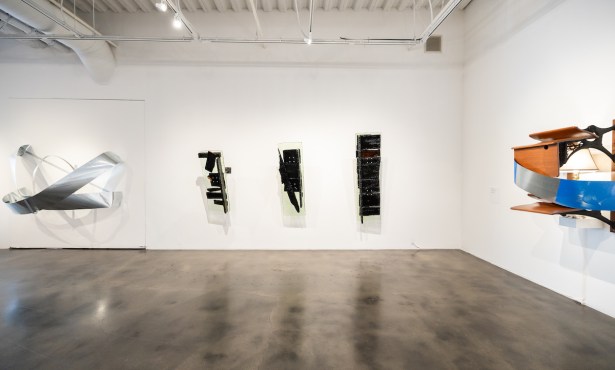
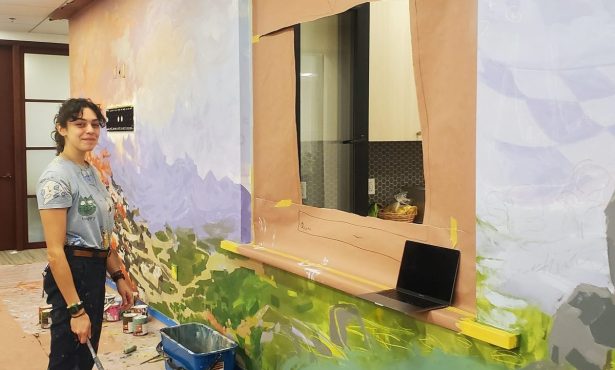
You must be logged in to post a comment.